- Free Estimates
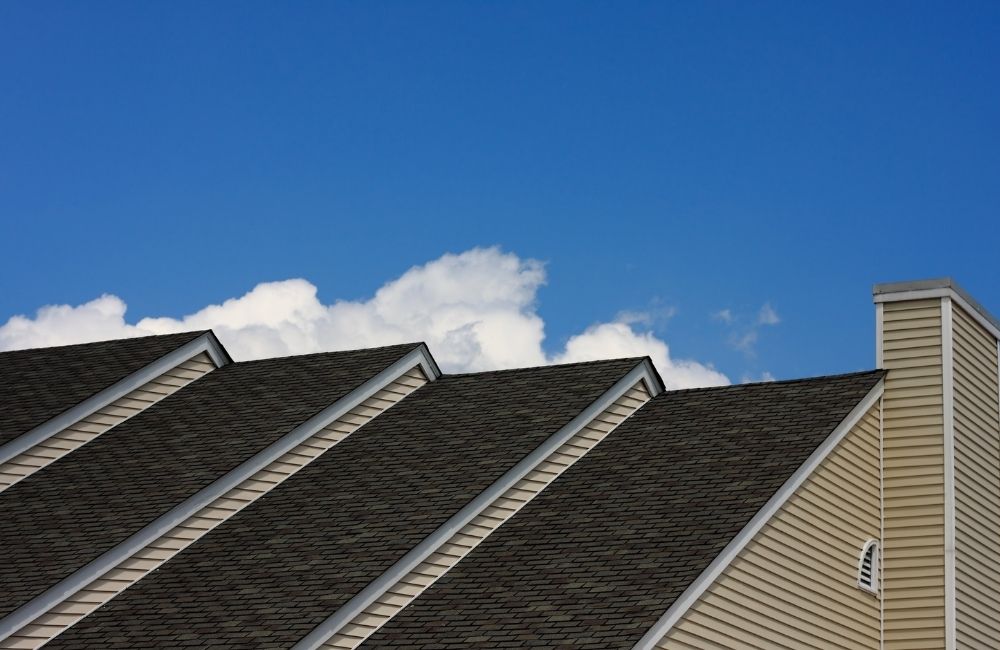
Selecting the right roof for a home is a decision that impacts not only aesthetics but also functionality and long-term performance. The lifespan of a roof typically ranges from 25 to 50 years, depending on the specific roof type and the quality of materials used. That said, homeowners must weigh various factors before making a final decision, to extend the lifespan of their investment
Here are six of the most common roof types used in residential construction.
✔ The gable roof features a simple triangular design that sheds water and snow efficiently, though it requires reinforcement to withstand strong winds.
✔ The hip roof offers exceptional wind resistance and structural stability, making it ideal for storm-prone areas despite its higher construction cost.
✔ The mansard roof delivers maximum interior space and sophisticated style, but its complex design leads to higher building expenses.
✔ The gambrel roof creates generous upper-level living areas affordably, though it needs added structural support in regions with heavy snow or strong winds.
✔ The flat roof provides valuable rooftop space for solar panels, gardens, or equipment, but demands careful drainage management to prevent pooling.
✔ The shed roof offers a modern, cost-effective design with efficient water runoff, ideal for contemporary homes with minimal structural complexity.
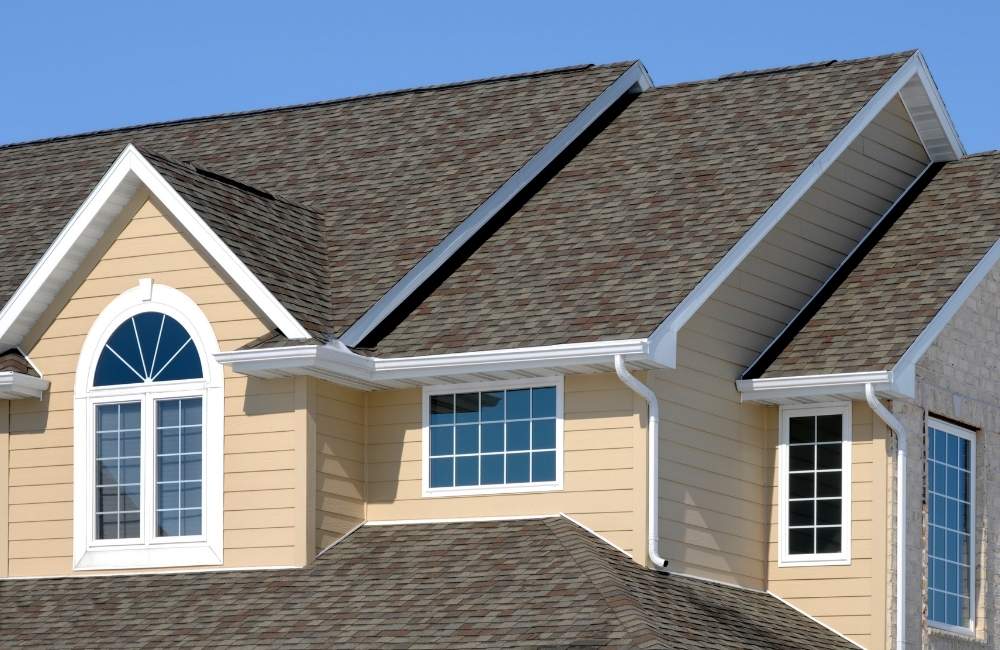
A gable roof features two sloping sides that meet at a ridge, forming a distinctive triangular shape. This design is one of the most recognizable types of roofs in North American homes.
However, while gable roofs perform well in moderate climates, they can be vulnerable to high winds. In hurricane-prone areas, strong gusts may create uplift forces that compromise the structure if not properly braced. Even with this vulnerability, gable roofs remain among the most popular residential types of roofs due to their classic look, practicality, and affordability.
A hip roof has four sloping sides that meet at a peak, creating a pyramid or ridge shape. This balanced design enhances structural stability, making it one of the most durable types of roofs, especially in stormy regions.
Hip roofs are particularly favored among common roof types for homeowners prioritizing durability and visual symmetry. Although more expensive upfront, their long-term performance and protective benefits often justify the higher investment. As one of the top residential types of roofs, hip roofs offer lasting value in both function and form.
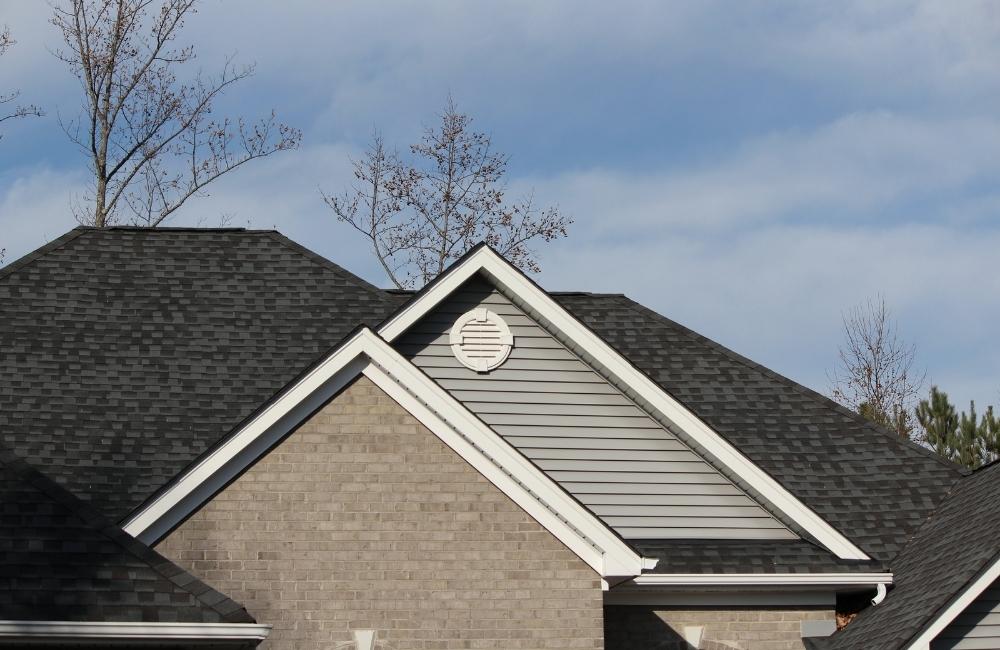
The mansard roof, inspired by French Renaissance architecture, features four sides with two distinct slopes per side. The lower slopes are steeper than the upper ones, creating substantial usable attic space.
Among different types of roofs, the mansard stands out for those seeking a blend of beauty, practicality, and future growth potential. Its ability to expand usable space while delivering a refined aesthetic makes it a preferred choice for high-end residential types of roofs.
The gambrel roof features two slopes on each side, forming a profile often associated with barns and colonial homes. Its distinctive design makes it one of the most recognizable roof types in rural and historical architecture.
Among residential types of roofs, the gambrel offers one of the most space-efficient and charming solutions, particularly for homeowners who value both practicality and classic aesthetics.
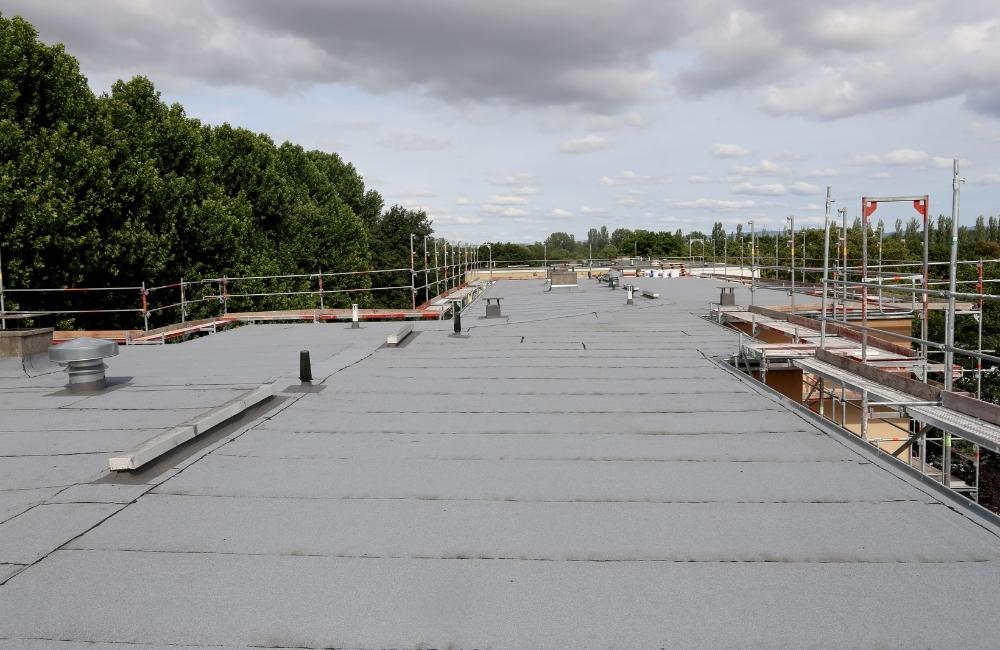
A flat roof offers a nearly horizontal surface with a slight pitch for water runoff. It is one of the most widely used types of roofs for both modern residential homes and commercial structures, especially in urban settings.
As one of the most flexible common roof types, flat roofs combine modern design with practical benefits, especially for homeowners in urban environments looking for multifunctional outdoor space.
The shed roof, also known as a mono-pitched roof, features a single sloping plane. It is one of the simplest and most efficient types of roofs for contemporary residential designs.
While attic space is limited compared to multi-slope roof types, the shed roof stands out among different types of roofs for homeowners seeking a bold, modern look with practical advantages and cost savings.
Selecting the ideal roof requires balancing multiple factors that influence both immediate satisfaction and long-term value. Each of the types of roofs presents unique benefits and challenges depending on individual circumstances.
In evaluating all the available types of roofs, homeowners should assess these factors collectively. No single option is universally ideal; the best choice depends on harmonizing environmental, financial, and personal design preferences.
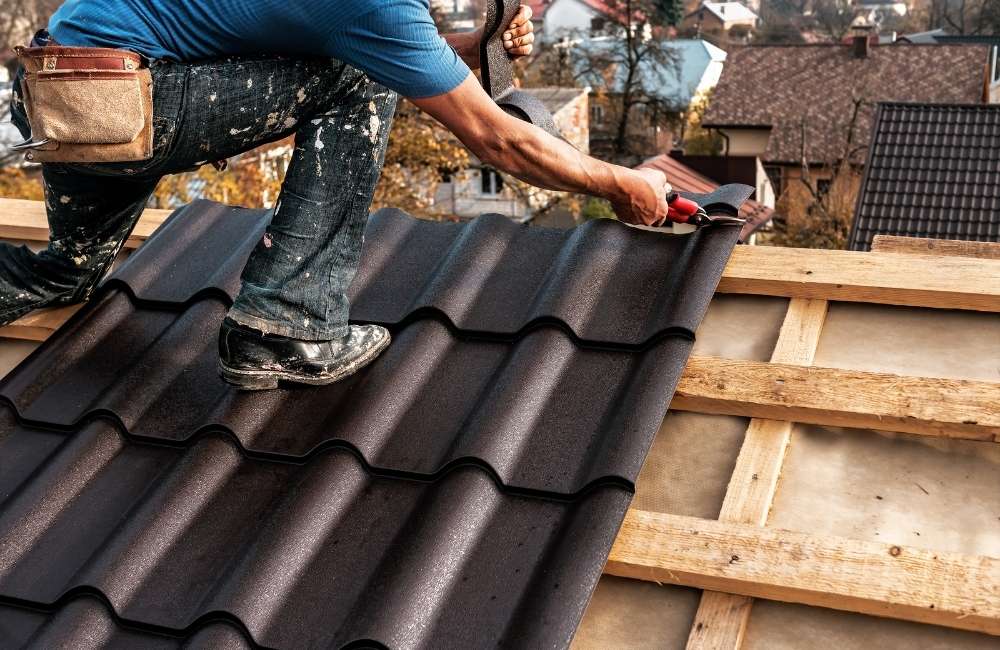
While learning about the different types of roofs offers valuable background, working with a qualified roofing professional provides expert insights that homeowners may overlook.
The U.S. roofing contractors industry is expected to grow to $76.4 billion by 2025, marking a 0.8% increase over the prior year, reflecting steady demand for expert roofing services. This growth establishes the importance of expert services to ensure solid results.
Partnering with an experienced roofing professional ensures every decision is informed, safe, and optimized for the home’s needs.
The best type of roofing depends on the homeowner’s location, budget, and design preferences. For all-around durability and wind resistance, hip roofs are often considered excellent. However, gable, mansard, gambrel, flat, and shed roofs each offer unique advantages suited to specific needs.
Hip roofs are among the most leak-resistant due to their uniform slope on all sides, which allows water to drain efficiently. Proper installation and quality materials also play a major role in preventing leaks. Flat roofs require the most attention to drainage systems to avoid water pooling.
Among residential designs, the shed roof has gained popularity in modern minimalist architecture. Its single slope simplifies construction while providing a sleek, contemporary look. This design is increasingly favored for energy efficiency and adaptability to solar panel installations.
Mansard roofs, when constructed with high-quality materials like slate or metal, can last over 50 years or even a century. Their design allows for strong durability, but proper maintenance is essential. Other long-lasting options include reinforced hip roofs and metal gable roofs.
Mansard roofs often add significant value due to their elegant appearance and the extra living space they provide. Gambrel roofs also enhance value by offering spacious upper levels for additional rooms. Ultimately, any roof type that enhances both functionality and curb appeal can boost home value.
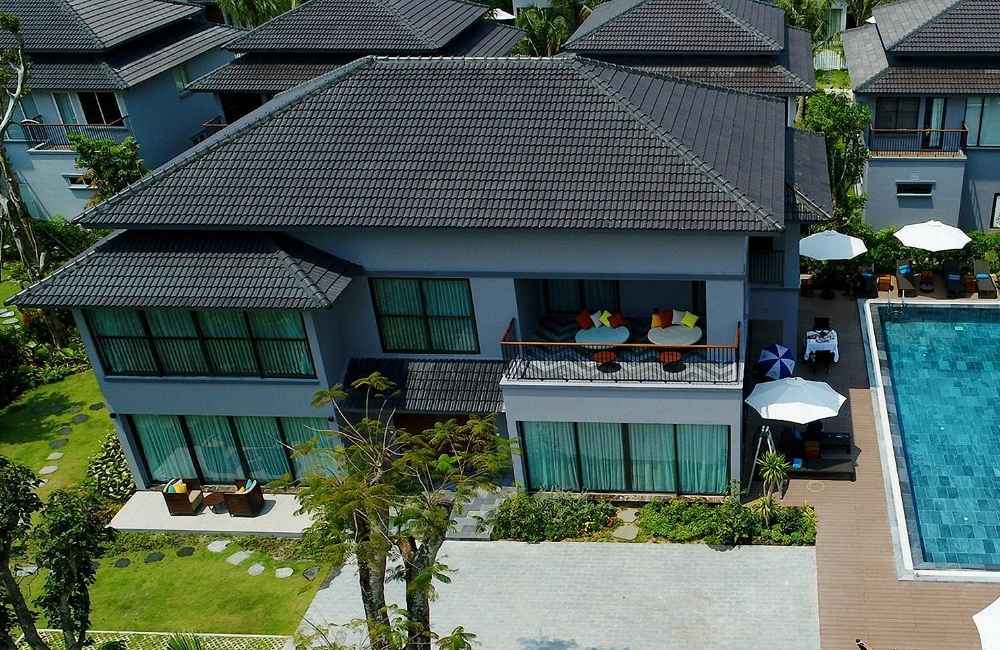
Choosing the right roof is a major decision, and homeowners in Hyde Park, NY, deserve expert guidance. That’s where Roofing Experts of Hyde Park come in. As trusted professionals serving Hyde Park, NY, we specialize in all major residential roof types, ensuring each project is customized for local weather conditions and homeowner needs.
Whether you’re considering a gable, hip, mansard, gambrel, flat, or shed roof, Roofing Experts of Hyde Park delivers top-quality craftsmanship and personalized recommendations. Don’t leave your roof to chance — partner with Roofing Experts of Hyde Park and ensure lasting protection for your home.